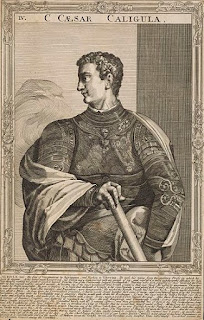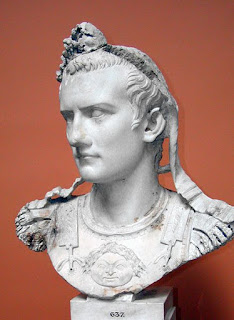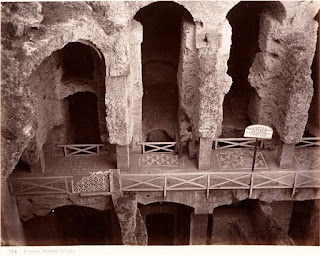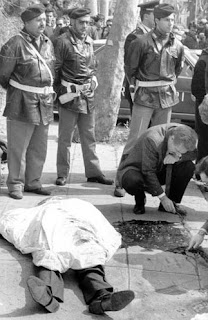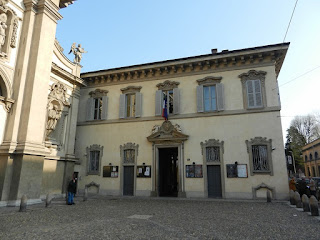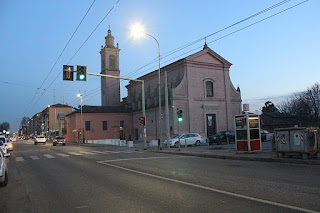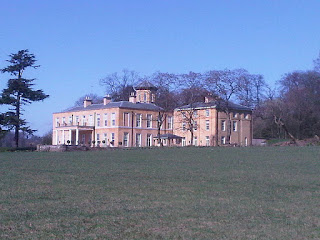Debut album topped Italian charts
 |
| Noemi - born Veronica Scopelliti in Rome - found fame after appearing on the Italian version of X-Factor |
Noemi’s first album, Sulla Mia Pelle, released in 2009, sold more than 140,000 copies, topping the Italian album charts.
It followed her appearance in the second series of the Italian version of The X-Factor, the television talent show that was launched in the United Kingdom in 2004.
Although she did not win the competition, Noemi proved to be the most popular singer, finishing fifth overall. Soon afterwards, she landed her first recording contract, with Sony Music, and released a single, Briciole, which reached number two in the Italian singles chart.
Heavily influenced by soul music, Noemi established immediately the style that has seen her nicknamed the ‘lioness of Italian pop’.
 |
| The cover of Noemi's debut EP, which sold more than 50,000 copies |
She inherited her love for music from her father, who played guitar in a group, and began learning the piano at seven and the guitar at 11, soon writing her own pieces. She attended the De Merode Institute of the Collegio San Giuseppe, a Catholic school on Piazza di Spagna in the heart of Rome, and from there progressed to a degree in Drama, Arts, Music and Entertainment at the Università di Roma Tre - Rome’s third university.
Accompanying herself on guitar or at the piano, she began to appear at venues in Rome from the age of 21 onwards, even before she completed her studies, before successfully auditioning for X-Factor in 2008.
Soon after Briciole was released in April 2009, Sony Music produced her first EP, entitled simply Noemi, which sold more than 50,000 copies. She launched a promotional tour, which included an appearance at the concert Amiche per l'Abruzzo, organised by the top-selling Italian star Laura Pausini at the San Siro stadium in Milan to raise funds for victims of the Abruzzo earthquake, and at the Concerto per Viareggio organised by the popular male singer Zucchero to help the victims of a train derailment and explosion that killed 32 people in the seaside town in June, 2009.
 |
| Noemi's career has been encouraged by Laura Pausini, one of Italy's top stars |
Noemi has subsequently released four more studio albums - RossoNoemi, Made in London, Cuore d’artista and La luna - a live album RossoLive, and 15 singles, five of which sold more than 50,000 copies each.
She has appeared in five editions of the Sanremo Music Festival, between 2010 and 2018, finishing third once and fourth twice. Per tutta la vita, which she sang on her Sanremo debut, was her second number one single, following on from L’amore si odia. Her total record sales add up to more than 750,000.
In 2013, together with Raffaella Carrà , Piero Pelù and Riccardo Cocciante, Noemi was hired as a coach of the first edition of The Voice of Italy, broadcast on Rai Due.
Inspired by singers such as Aretha Franklin, Robert Johnson, Billie Holiday, Janis Joplin, Erykah Badu and James Brown, Noemi is comfortable with soul, blues. R&B and rock, her voice characterised by a distinctively scratchy and deeply powerful sound.
Pausini, Umberto Tozzi and Vasco Rossi, all important figures in the Italian music industry, are among her admirers.
In 2018, Noemi married Gabriele Greco, the bassist and double bass player in her band, in Rome in the Basilica of San Lorenzo in Lucina, following a 10-year romance.
 |
| The Collegio San Giuseppe is just off Rome's famous Piazza di Spagna |
The Collegio San Giuseppe-Istituto de Mérode is a Catholic school of the Brothers of the Christian Schools, located at via San Sebastianello 1, at the corner of Piazza di Spagna, in the rione Campo Marzio. The Brothers of the Christian Schools was founded by Jean-Baptiste de La Salle in the 17th century. The Collegio San Giuseppe was founded in 1850 in Palazzo Poli at the Trevi Fountain. It was relocated to its current location in 1885. In addition to Noemi, its alumni include the journalist Pietro Calabrese and Giovanni Malagò, the current president of the Italian National Olympic Committee.
| The Basilica of San Lorenzo in Lucina can be found a short distance from the Palazzo Montecitorio |
The Minor Basilica of St. Lawrence in Lucina, where Noemi was married, is located in Piazza di San Lorenzo in Lucina in the Rione Colonna, not far from the Palazzo Montecitorio - the seat of the Chamber of Deputies of the Italian parliament - and Via del Corso. Originally built in the fourth century, the church was reconstructed in the 12th century and again in the 17th, when the lateral isles were replaced by Baroque chapels, among them one designed by Gian Lorenzo Bernini for the Portuguese doctor Gabriele Fonseca, who was physician to Pope Innocent X (1644-55). Guido Reni's Christ on the Cross is visible above the high altar. Among those interred in the basilica are the opera composer Bernardo Pasquini and the French Baroque painter Nicolas Poussin, who spent most of his working life in Rome.
More reading:
How Laura Pausini became one of Italy's all-time biggest female stars
Still rocking at 63 - the enduring appeal of Zucchero
The X-Factor victory that launched Marco Mengoni
Also on this day:
1348: The Friuli Earthquake
1755: The birth of the physician Paolo Mascagni
1866: The birth of operatic baritone Antonio Scotti
Home
